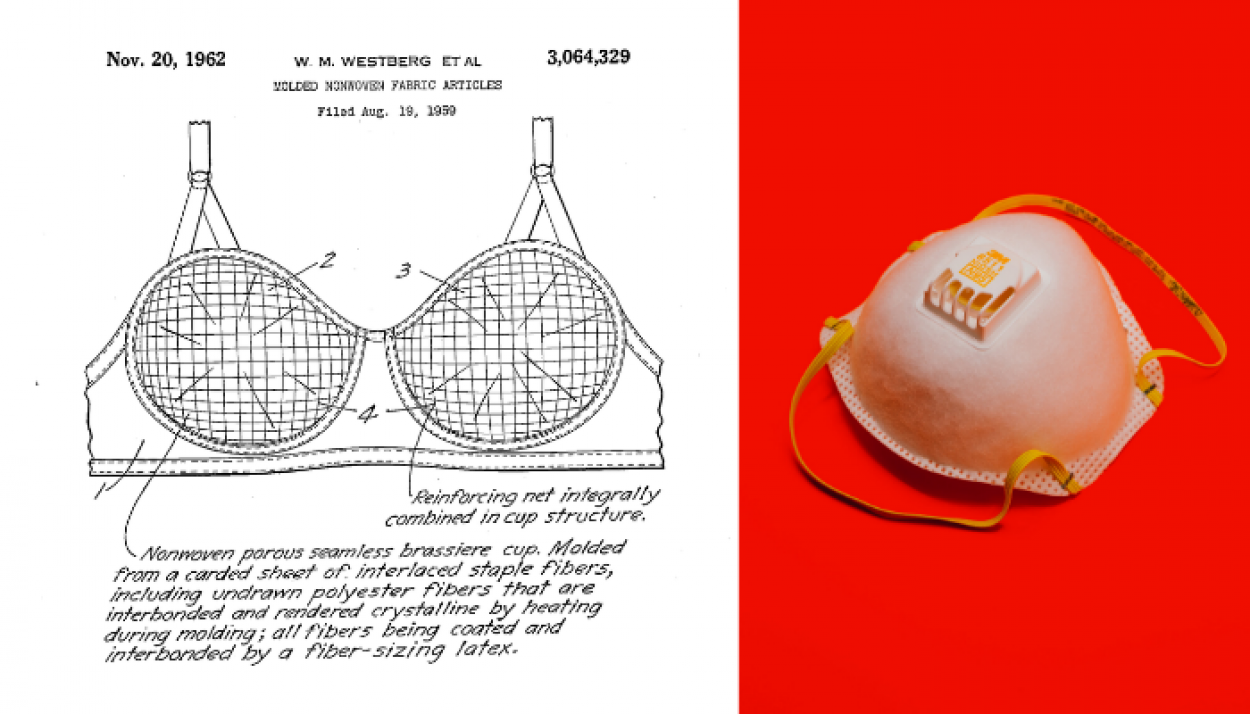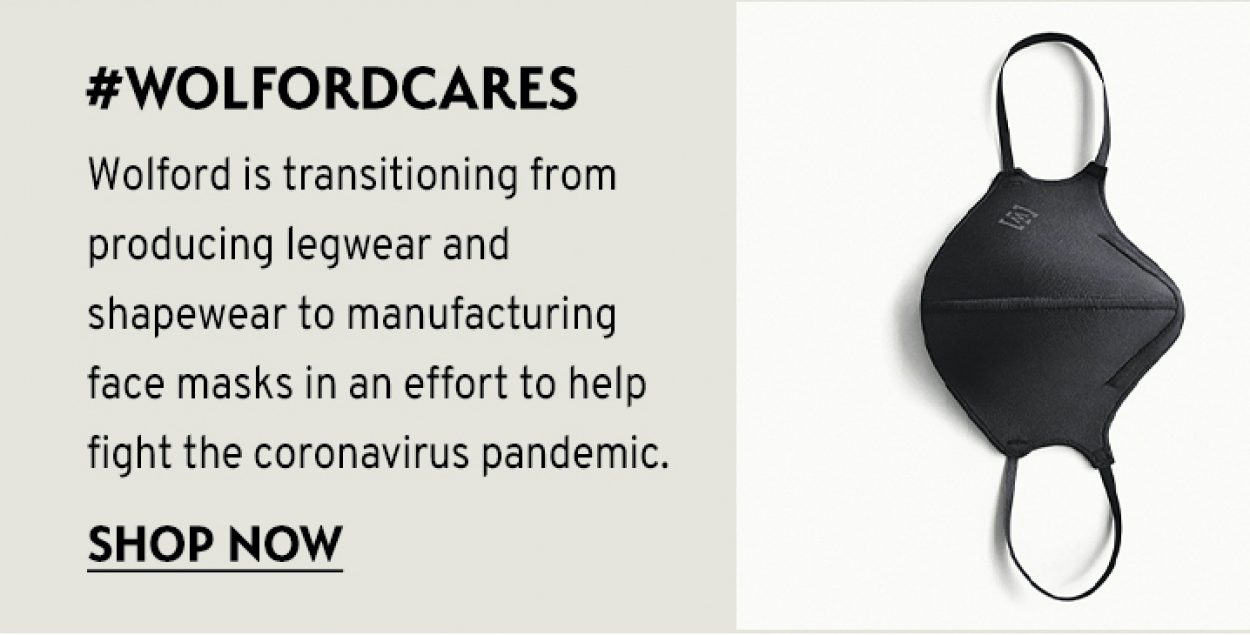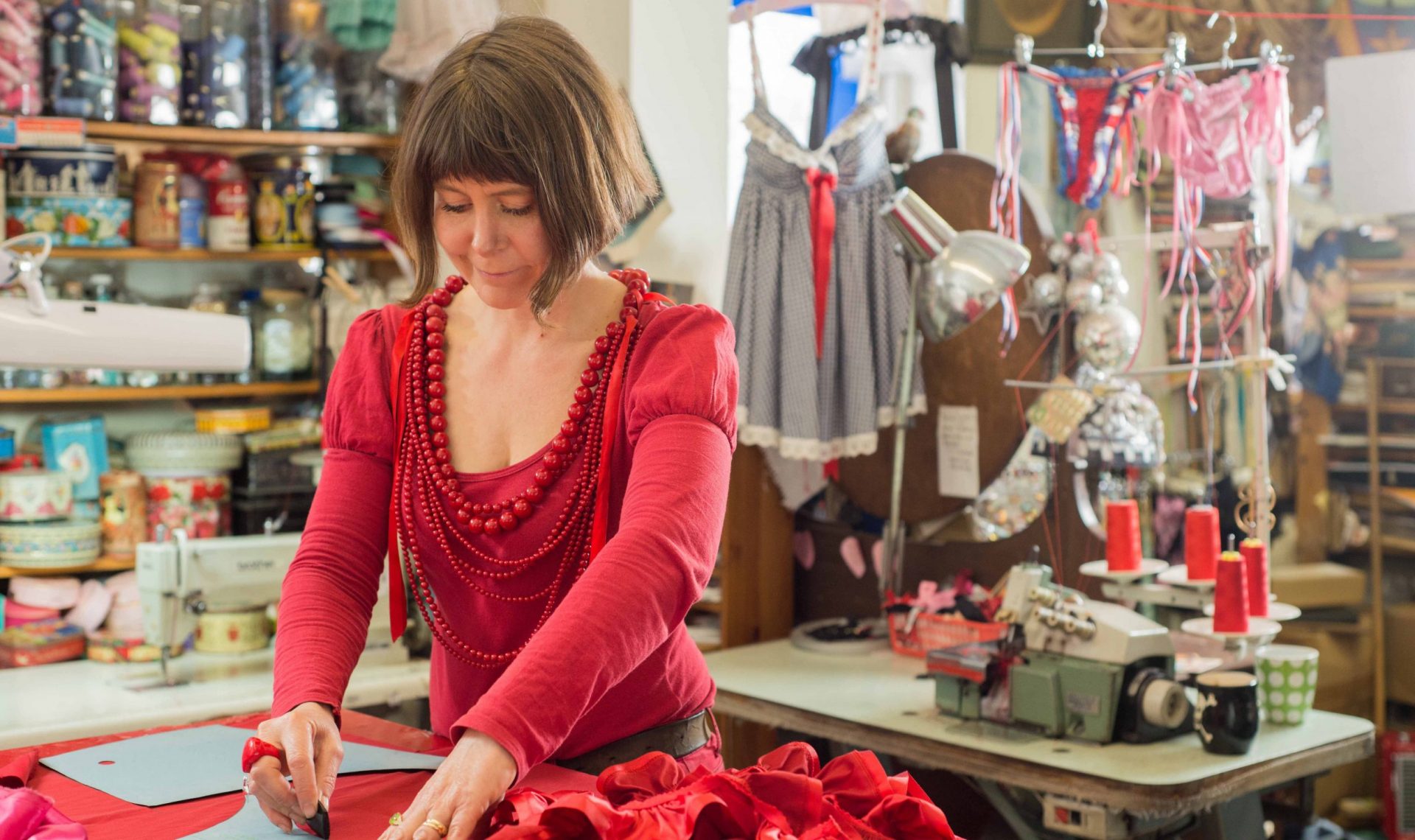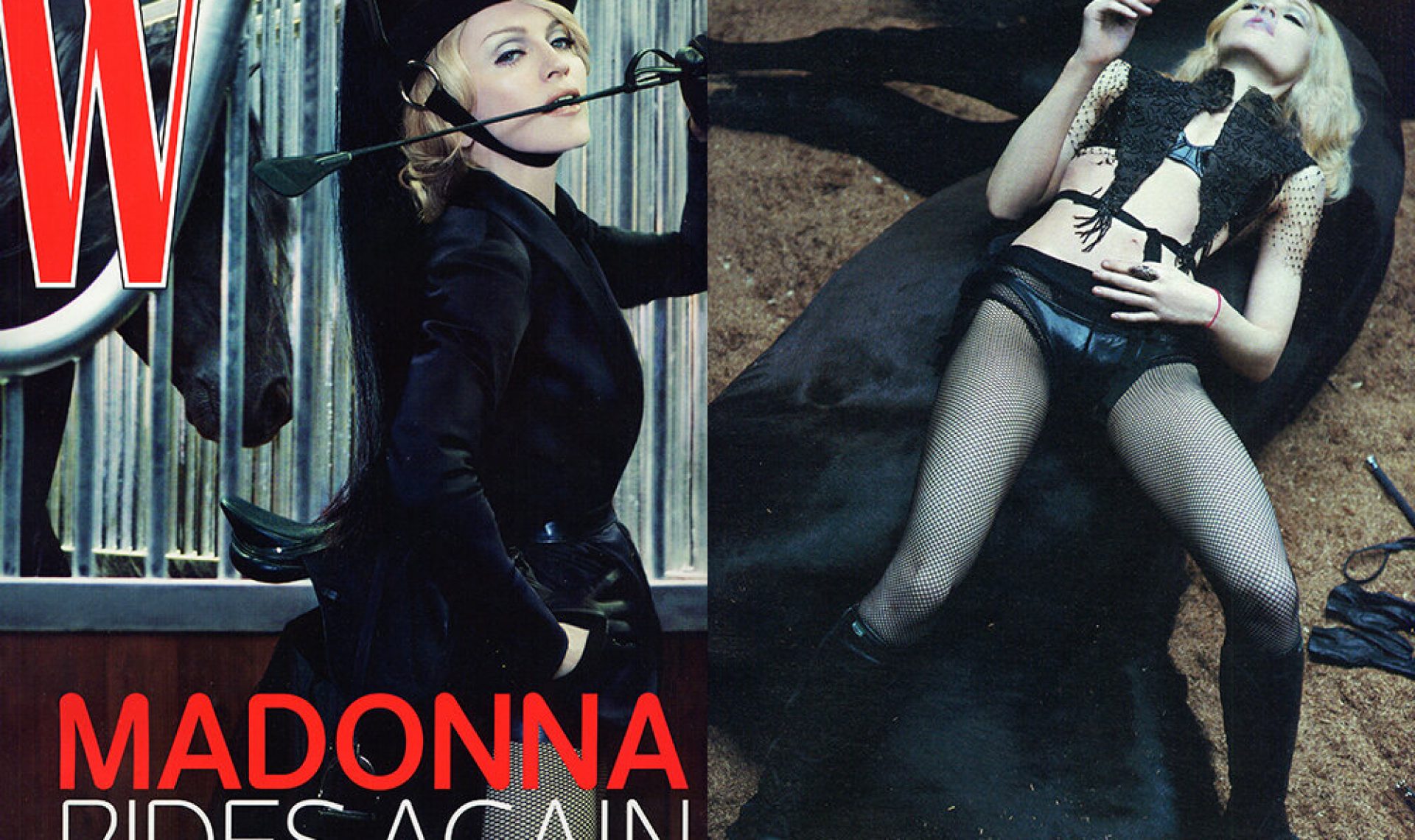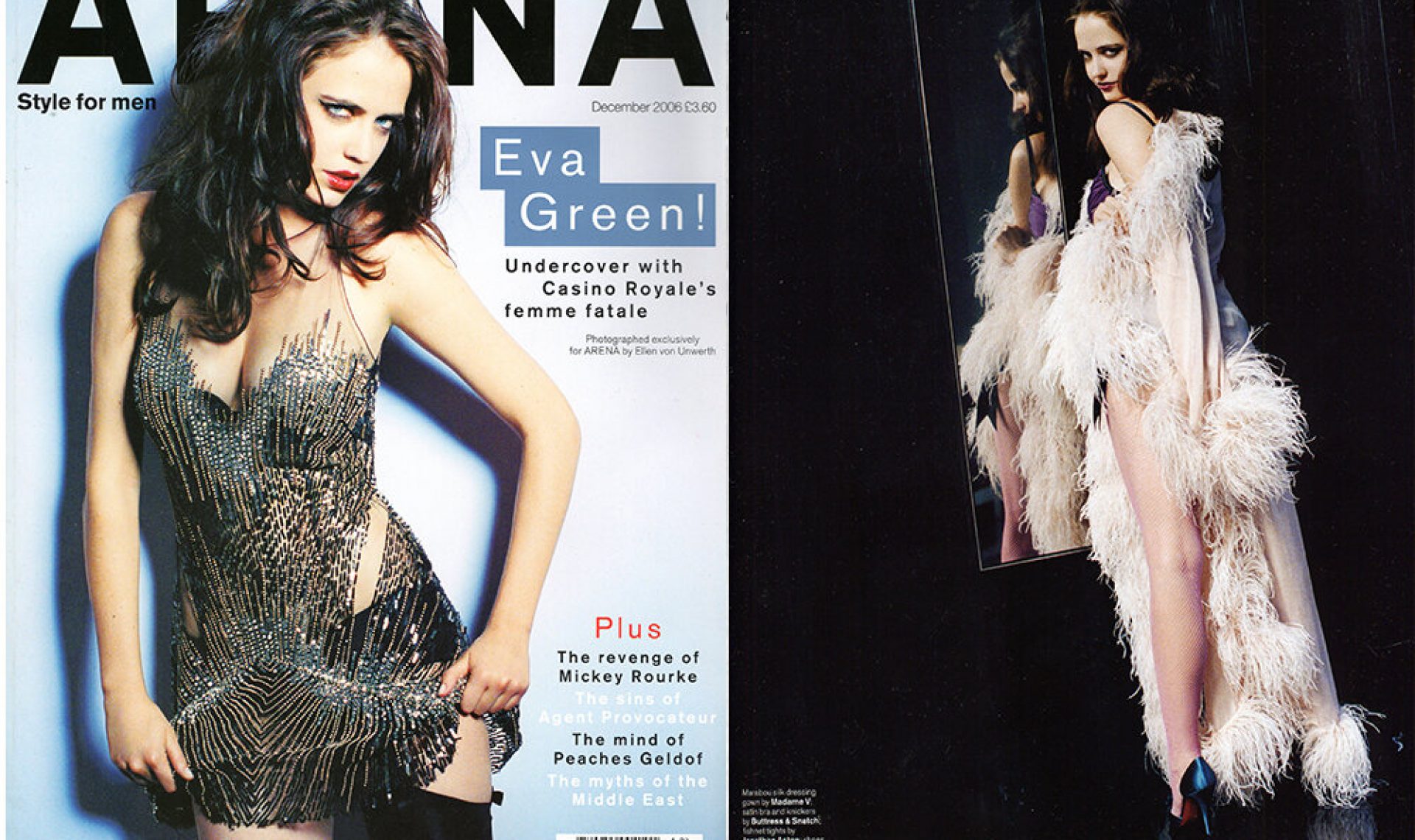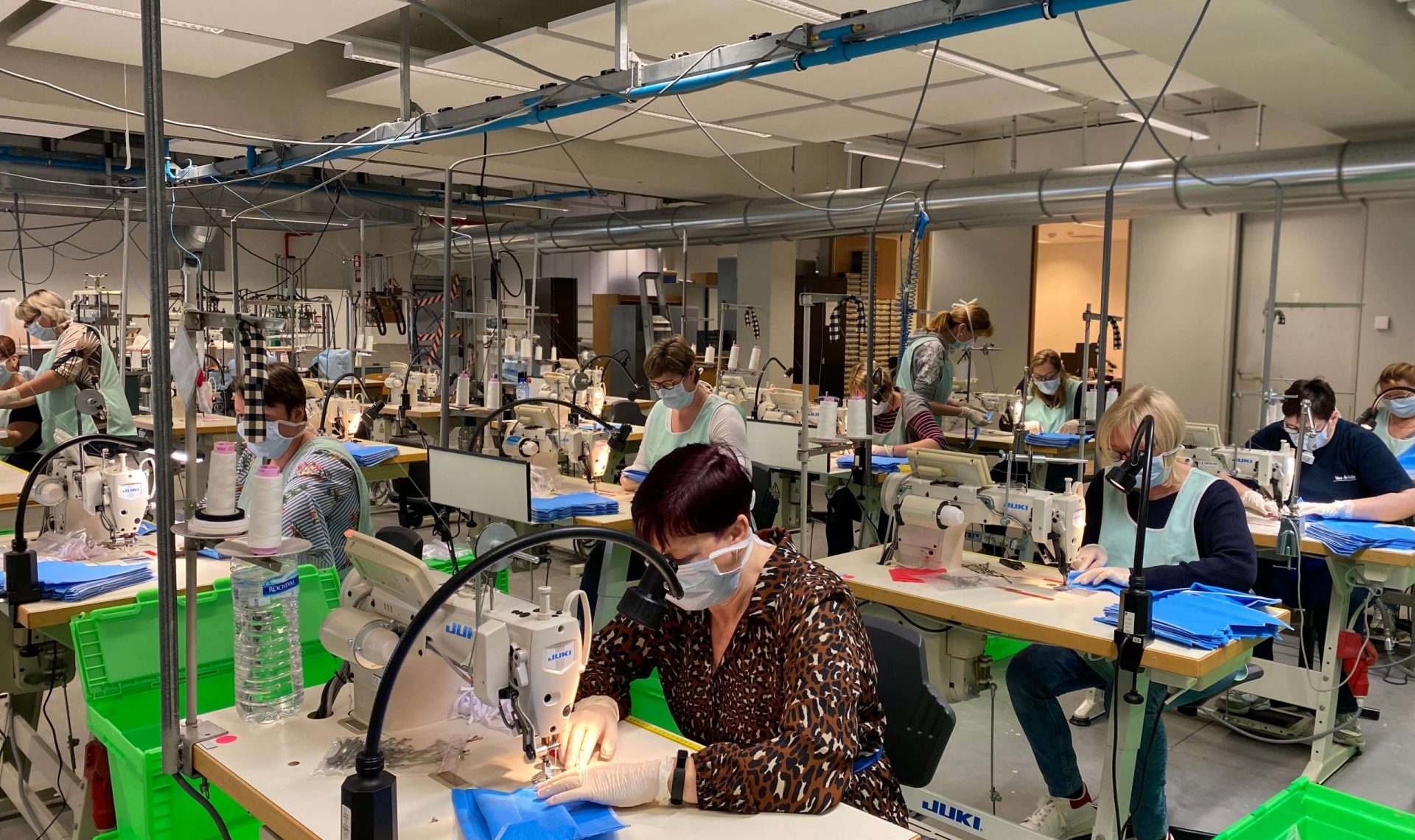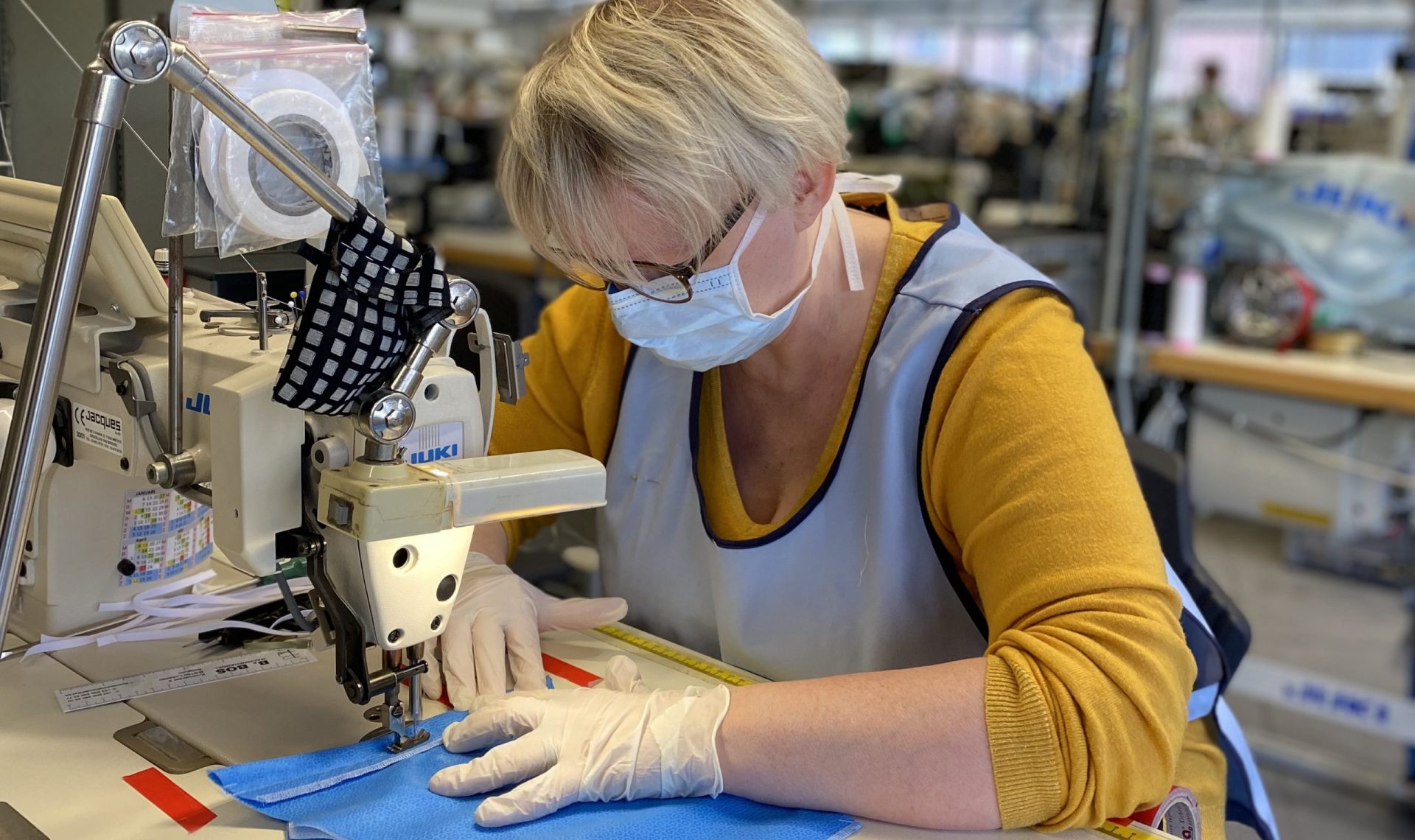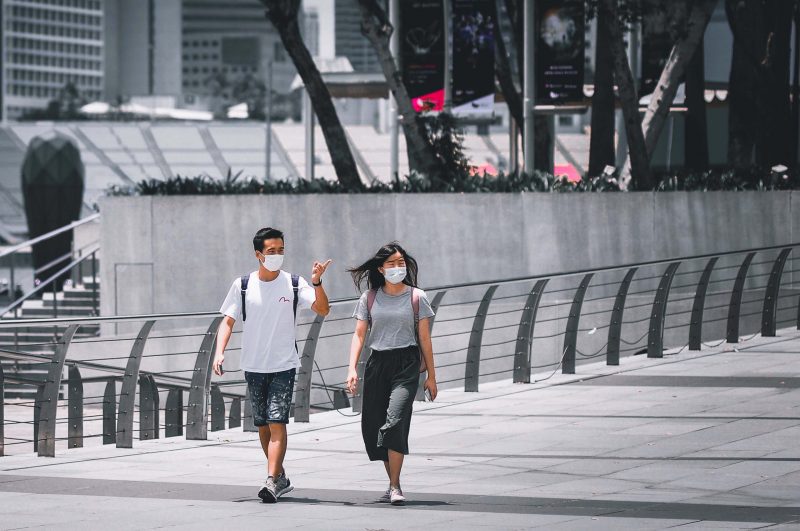Rachel Kenyon, founder of the Buttress & Snatch lingerie label, usually makes extravagant burlesque-style bras for famous clients including Salma Hayek, Kate Moss and Madonna.
Today, however, she is carefully cutting, pleating and stitching layers of crisp, clean cotton to make masks for the delivery drivers, supermarket cashiers and other workers on the frontline of the coronavirus outbreak.
“I wanted to help in any way I could,” Kenyon, 47, told me from her Hackney atelier.
Wacoal, which makes Fantasie and Freya bras, is also now making masks as is the luxury brand Wolford, which is donating proceeds to fight the COVID-19 pandemic.
Storytelling for Marketers
The Wonderful Wizard of OzStorytelling for Leaders
Moby DickStorytelling For Lawyers
Alice’s Adventures in Wonderland



